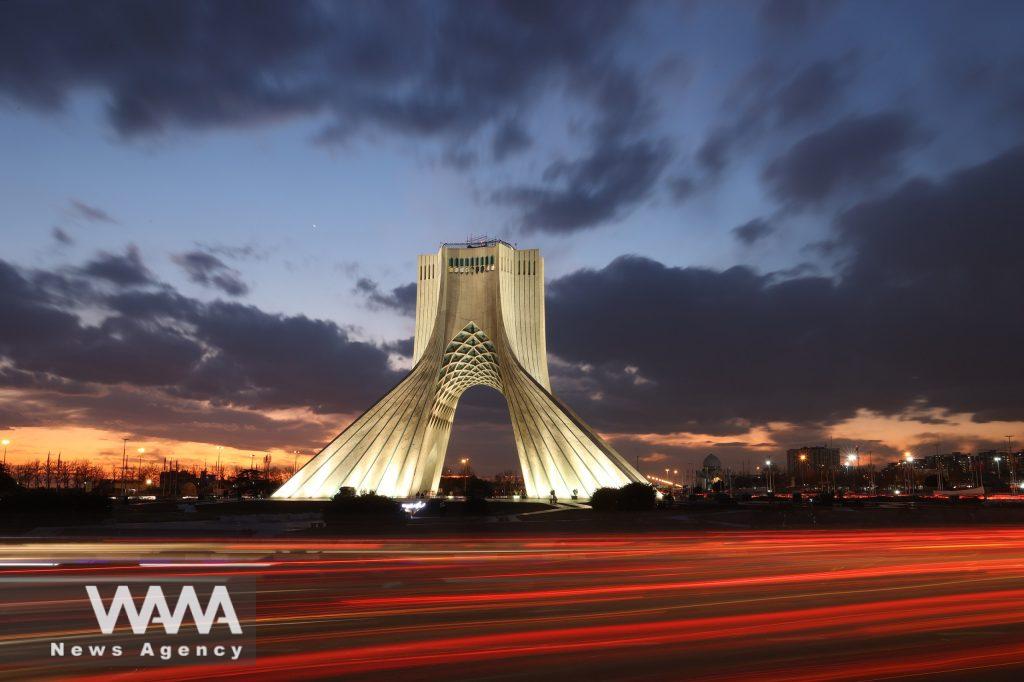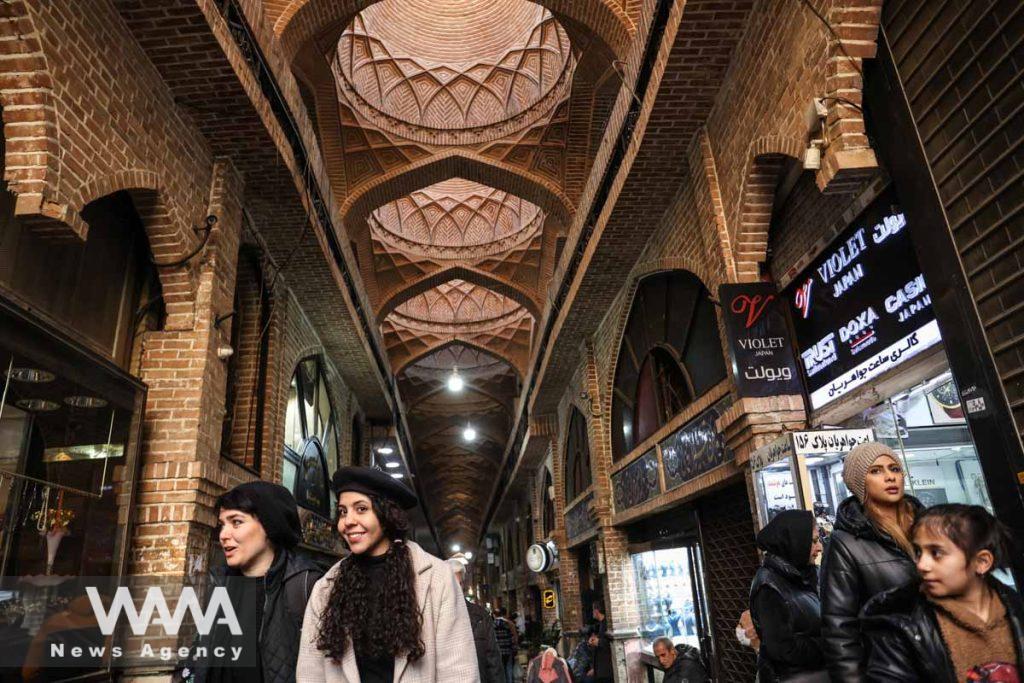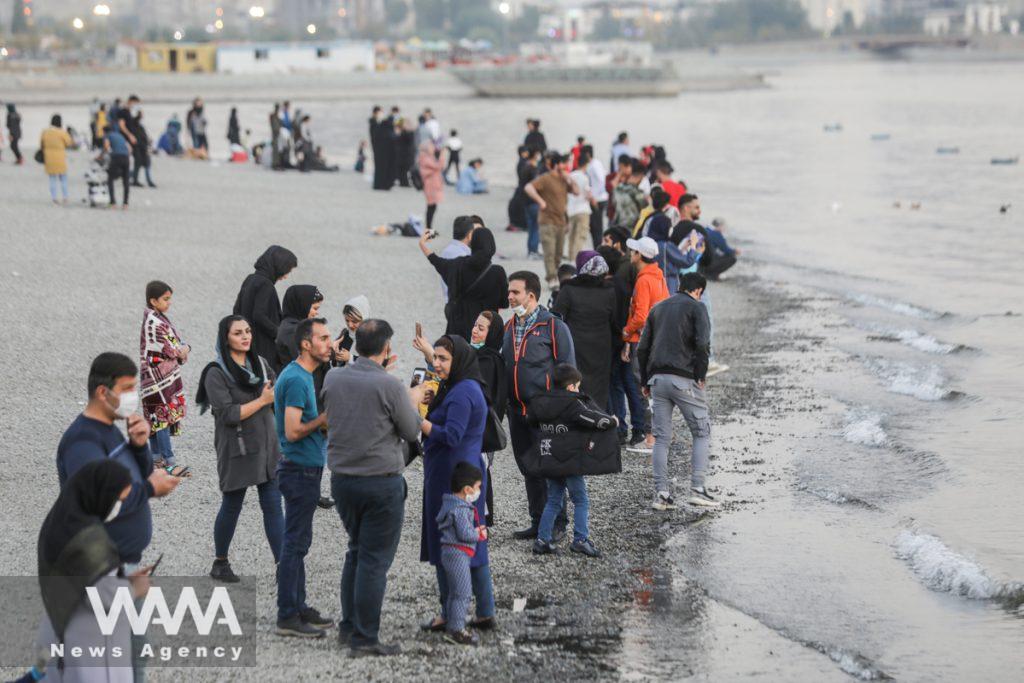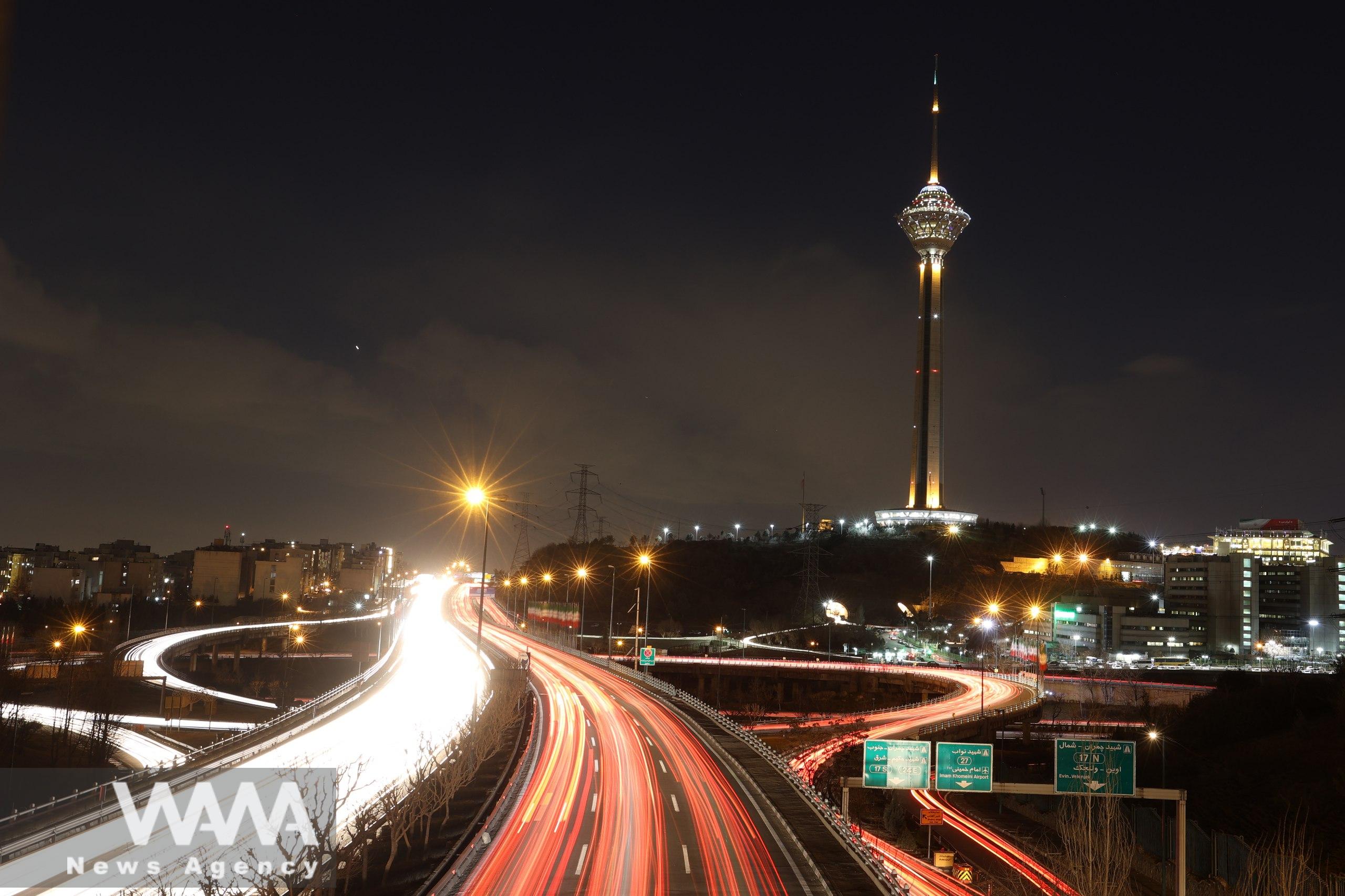Crisis-stricken Iran’s tourism industry eyes new horizons
WANA (Feb 2023)- Stricken by some crises from political clashes to covid-19 pandemic in recent years, the potentially strong Iranian tourism industry needs a shake-up to move ahead.
In an expansion of over 1,648000 km2, the land of Iran is imbued with numerous attractions from ancient historical sites, regions with various climates, beautiful natural scenes such as mountains, forests, seas and deserts to traditional dishes and above all hospital people.
According to the World Travel and Tourism Council business and personal tourism rose by 11.3% and 4.6%, respectively, in real terms in 2007, with the growth in personal tourism only modestly below that of the preceding year.
In 2009, the number of foreign tourists visited Iran increased, up from 2.2 million people to 3.6 million in 2011, with per capita spending of $1,850 per visit on average. The 2009 figures from the World Tourism Organization for the origin of visitors to Iran show that building up visitors from the Islamic and wider Asian world would have to start from a low base.
The World Travel and Tourism Council says that business and personal tourism rose by 11.3% and 4.6%, respectively, in real terms in 2007, with the growth in personal tourism only modestly below that of the preceding year.

Azadi Tower at night – Tehran – Iran – Majid Asgaripour / WANA News Agency
In 2013, 4.76 million international arrivals were recorded in Iran who brought over US$2 billion revenues to the country’s economy. Also, more than five million tourists visited Iran in the year 2014–2015 which was four percent more compared to the previous year. Indeed, from 2012, the rise of foreign currencies against the Iranian rial boosted tourism in Iran.
Based on a report published by World Travel and Tourism Council in 2015, the size of Iran’s tourism industry was estimated as having the potential to create jobs for 1,285,500 and rise by 4.1% pa to 1,913,000 jobs in 2025. According to the report in the year of 2014, travel and tourism directly supported 413,000 jobs (1.8% of total employment). This was expected to rise by 4.4% in 2015 and rise by 4.3% pa to 656,000 jobs (2.2% of total employment) by 2025.
The prosperity of the Iranian tourism at that time was despite the “dress code” defined by the government particularly for women whose head, arms, and legs down to the ankles must be covered.
Many organized tours from Germany, France, the UK and other European countries came to Iran annually to visit archaeological sites and monuments. Iran had 21 places on the world cultural heritage list as of August 2017, attracting many cultural tourists.

Iranian women walk through Tehran Bazaar, in Tehran, Iran January 25, 2023. Majid Asgaripour/WANA (West Asia News Agency)
However, in recent years, particularly after 2018, when the U.S. sanctions were imposed on Iran as well as the arrest and trials of some Islamic Republic former and current officials in Europe, and in return, the detention of several European citizens under charges including espionage, less foreign tourists especially those from the West have made trips to Iran.
Prior to the Iranian Revolution of 1979, until the 1960, Iranian tourism industry was not strong and only then, the government began to provide infrastructures for this purpose. As a result, numerous visitors traveled to Iran where was known for its variety of attractions, such as cultural glories and a varied charming landscape which enables a range of activities.
In the aftermath of the Revolution, the trend changed to some extent, and a large portion of foreign visitors to Iran have been religious pilgrims and people business. Iran has numerous Shia shrines, such as Imam Reza (AS) Shrine in Mashhad and Hazrat-e Ma’soumeh (AS) Shrine in Qom which are both significant religious cities of Iran and Shia world. During the Iran–Iraq War (known in Iran as the Sacred Defense) in the 1980s, tourism in Iran considerably plummeted for obvious reasons.
Significant numbers of pilgrims both from Iran and other Shia countries make pilgrimages to such sacred places. Among them are also include a part of Iranian immigrants to other countries who return to meet their families in Iran or vist sacred sites.
In a bid to increase the national revenue and expanding ties with other countries, the Iranian government has tried to attract tourists to the diverse destinations in the country and improve tourism industry.
The responsibility for the establishment, development and operation of tourism facilities is on Iran’s Cultural Heritage, Tourism and Handicrafts Organization (ICHTO). The organization is tasked with making plans for the repair or extension of tourism facilities through direct investment or providing loans to the private sector or entering into partnership with the private sector.
ICHTO also issues licenses and supervises the establishment and administration of hotels and restaurants and travel agencies and qualification and rating of these units.

Some of Iranians,is seen after recording the statistics of coronavirus in Iran exceeded 5,500 daily cases and more than 300 deaths a day, in a promenade called Chitgar Lake, (COVID19), in the west of Tehran, Iran October 23, 2020. Picture taken October 23, 2020. Majid Asgaripour/WANA (West Asia News Agency)
Nevertheless, among the reasons that Iranian tourism industry has not found an status it deserves are lack of enough propagation for attracting investment, negative propaganda against the Islamic Republic of Iran, some religious and social imitation for foreign tourists as well as political tensions with some overseas countries.
There are some other problems which are related to infrastructure as well. In fact, the Iranian aviation, land and rail fleets have not developed enough to meet the demands, partly due to the sanctions imposed particularly by the United States.
In the midst of the latest clashes with the West as the European Union has taken steps to implement more economic sanctions on the Islamic Republic of Iran, future for the tourism industry in the country does not look that much promising, unless the officials explore methods to accomplish the task through cooperation with allies such as China, although this would also be a tricky business due to the Chinese extensive business with the U.S. and the EU.
By Ali Ameri












